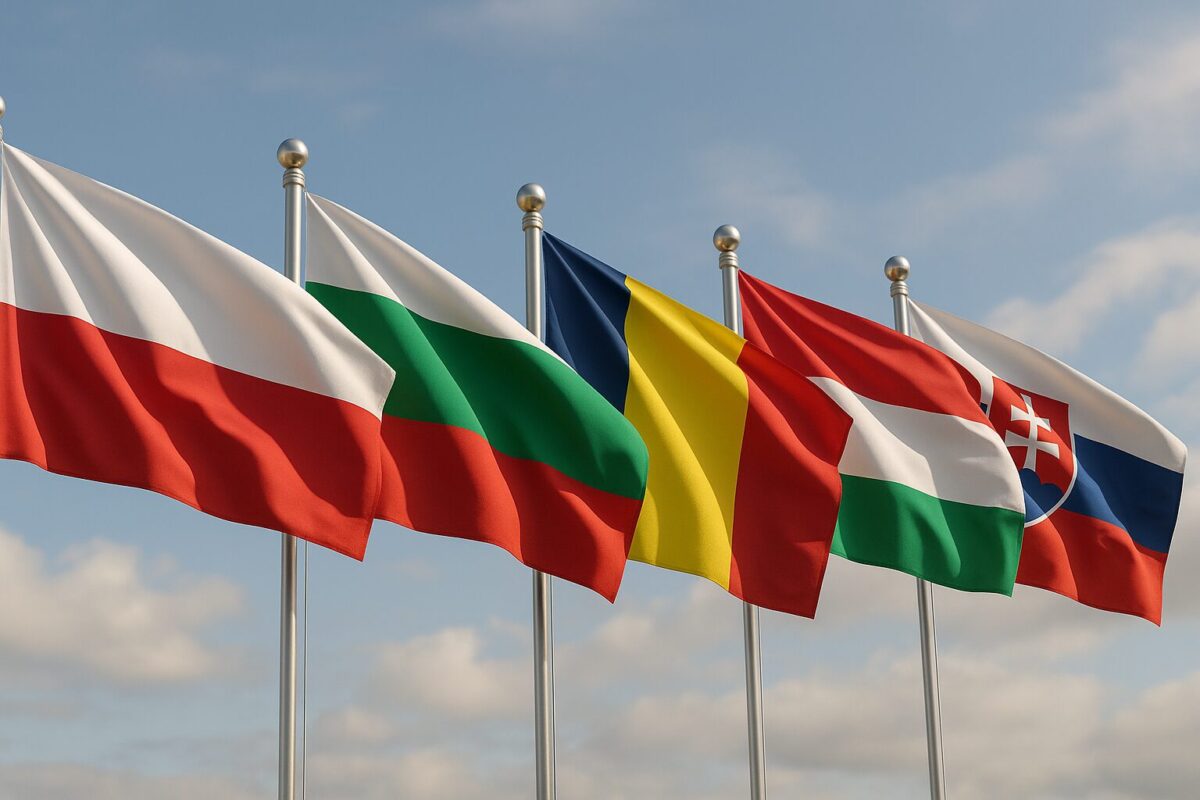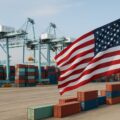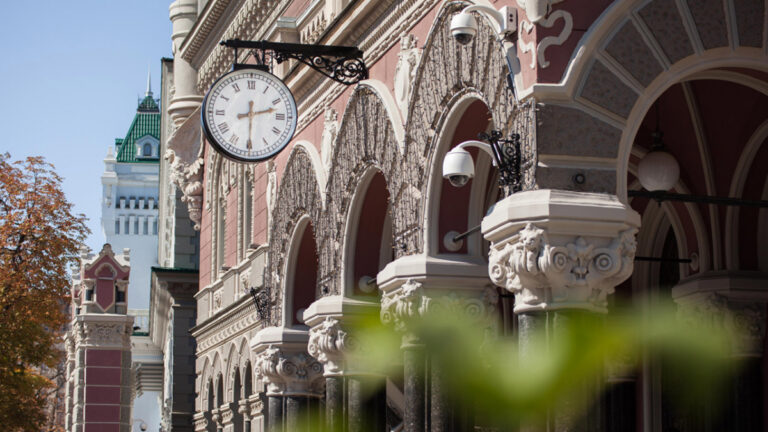
Trade Tensions Over Ukrainian Exports: Why Five EU Countries Are Blocking the New Agreement and What Their Demands Mean
Ukraine has officially retained expanded access to the European market thanks to a new temporary trade agreement with the EU. However, five neighboring countries Poland, Hungary, Romania, Slovakia, and Bulgaria have openly opposed the current version of the deal. Why are they at the center of this conflict, what are their main objections, and how does the new export regime look for Ukrainian agribusiness? Here is a detailed breakdown based on verified facts and official documents.
What Is the “Trade Visa-Free” Regime and How Has the EU’s Approach Changed?
After the full-scale war began in 2022, the EU supported Ukraine by lifting all tariffs and quotas on Ukrainian exports to the European Union.
This temporary regime, known as “trade visa-free,” was designed to help Ukraine’s economy survive the initial shock and heavy losses.
- Initially, this regime was valid for one year, later extended by the EU but with certain restrictions on agricultural products that caused the most market tension.
- Official European Commission Press Release (2022)
Why Did Neighboring Countries Sound the Alarm? Economic Pressure and Farmers’ Protests
The farmers in countries bordering Ukraine were hit hardest by the change in trade rules.
Local producers of grain, honey, corn, poultry, and eggs faced unfair competition due to low-priced Ukrainian goods and their massive influx.
- According to the governments of Poland, Hungary, Bulgaria, Romania, and Slovakia:
- Their agricultural sector is losing profits due to Ukrainian “dumping.”
- The risk of bankruptcy for local farms has increased.
- Domestic prices are becoming unprofitable for local producers.
- This triggered mass farmer protests, border blockades, and political pressure on governments to protect their markets.
- Reuters: EU agrees new restrictions on Ukraine agri imports (2024)
What Are the Main Demands of the Five Countries?
- Introduction of “Safeguard Mechanisms”:
These countries demanded the automatic introduction of quotas, tariffs, or temporary bans if imports of certain Ukrainian goods exceed agreed limits. - Transparency and Openness in Negotiations:
Polish and Romanian officials claimed that the talks were rushed and did not sufficiently consider the real economic impact on their agricultural sectors. - Compensation Fund for Local Farmers:
Bulgaria, Hungary, and others insist on a special fund to support farmers suffering losses from Ukrainian competition. - Mandatory Environmental Certification and Enhanced Quality Control:
The Hungarian government, in particular, emphasizes that products must comply with EU environmental and phytosanitary standards and that quality control must be strengthened. - Some countries (notably Poland) demand automatic compensation for farmers if domestic prices fall due to Ukrainian competition.
What Does the New Temporary Ukraine-EU Trade Agreement Look Like (Since June 2025)?
- The tariff-free regime continues, but with “flexible restrictions”:
- Ukraine retains almost full tariff-free access to the EU market, but for the most sensitive categories (grain, eggs, poultry, honey, sugar, oats, groats) volume limits are introduced.
- If exports of any specific group exceed the agreed limit, safeguard mechanisms are triggered automatically (temporary tariffs or quotas, or, in extreme cases, a temporary ban).
- Quality and environmental requirements remain:
Ukrainian exporters must prove compliance with European standards. - The agreement is temporary:
It remains in force until the next review or market stabilization. - Official European Commission Press Release, June 28, 2025
Arguments of the European Commission and Ukraine’s Position
- European Commission:
The compromise agreement is meant to support Ukraine’s wartime economy while acknowledging the concerns of European farmers. The Commission promises to introduce additional safeguard mechanisms if necessary.
They note that Ukraine meets most EU quality standards and responds promptly to any problematic cases. - Ukraine:
Emphasizes the critical importance of access to the EU market, especially with Black Sea routes blocked.
Ukrainian authorities have pledged to work with the EU to ensure export transparency and develop local processing to ease pressure on European farmers.
Why Is the Conflict With These Five Countries Specifically?
- Geographic proximity:
All overland flows of Ukrainian exports pass through Poland, Slovakia, Romania, Bulgaria, and Hungary.
Their markets are “overflowed” with cheap agri-products before those goods reach the rest of the EU. - Economic structure:
The agricultural sector is a significant part of GDP in these countries, and a large share of their populations works in agriculture. - Domestic political pressure:
Governments are compelled to respond to mass farmer protests and protect their electoral interests ahead of upcoming elections.
The conflict over the new trade agreement is not simply an economic dispute, but a question of balancing support for Ukraine during wartime with protecting EU internal markets.
Poland, Hungary, Bulgaria, Romania, and Slovakia have real economic and political reasons to demand additional restrictions and compensation for their farmers.
The European Commission is trying to find a flexible compromise: to support Ukraine, but not “bury” the farming sector in neighboring countries.
The agreement signed in June 2025 is temporary and includes both preferences for Ukraine and clear safeguard mechanisms for EU markets.
The debate is ongoing and political pressure from neighbors may lead to further changes in the trade regime.














